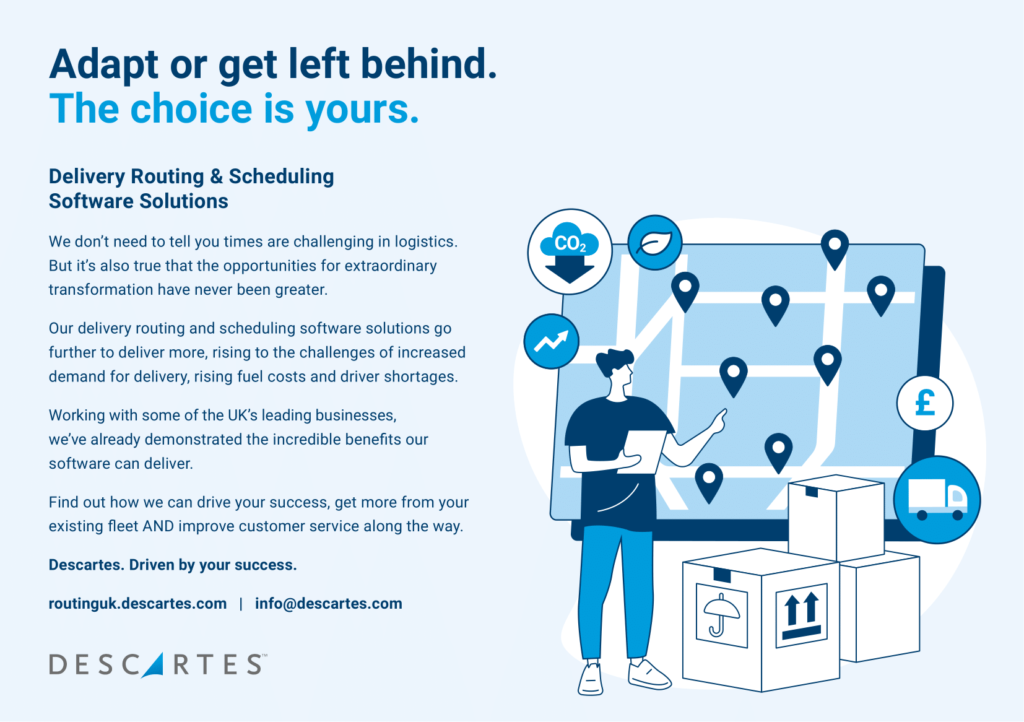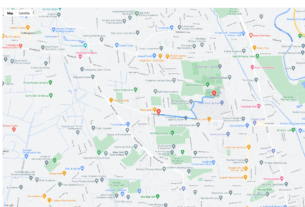Delivery choices are an important part of the customer journey. Both retail and logistics have invested many hours to think about how best to serve their customers. However, many suffer from baskets being abandoned at the checkout due to lack of choices. We spoke to Bobbie Ttooulis, Group Marketing Director at Global Freight Solutions, about the need to offer more delivery choices and what the obstacles preventing retailers from doing this.
More focus on consumers’ journey and supply chain collaboration in our July edition. To get the digital magazine subscribe here. Next edition will feature: EVRi, Descartes Systems Group, The Smart Cube, Anaplan, Board International, and more.
“The research highlights that consumers expect a minimum of around 5 different delivery options,” begins Bobbie when asked why the choices are not there, and points to how strange it is for retailers not to have them when the topic has been so widely discussed. There needs to be a mix between the options: different consumers expect different things. Some would prefer a premium option like faster delivery or a specific time slot.

Others would be more flexible and would go for the free delivery that will be in a few days time. This depends a lot on the demographic. Older generations, who have more time, would often go for the free delivery. Those under 45 years old would prefer something faster, which can be paid. Both, however, want it to be highly reliable.
Why not do it?
Retailers claim the costs and complexity of adopting a multi carrier approach is what stops them from offering more. ‘Each time you onboard a new carrier you need to go to IT and ask for additional system upgrades,’ Bobbie explains. Unfortunately, working with just one carrier is not a sustainable option as they might not be able to offer you everything your customer wants. Spreading the risk is a sound strategy with its own drawbacks.

More Choices
Should you really give your customers more choices? Does this not increase complexity and outweigh the benefits? According to the research retailers see this as the main barrier to offering more options. This would mean yet another service and carrier to integrate. Mastering the delivery choice is something that saves money. For the first time the research quantifies the cost of lost sales at the checkout due to inadequate delivery options at £30.5 billion.
The obvious solution is to turn to a company that offers a multi carrier management system. The conversation moves to how good such systems are. ‘There are gaps in many shipping platforms,’ Bobbie admits. The tech is developing quickly and such gaps should not be something to stop both retailers and logistics to adopt them.
Leading the choice expansion
Logically, how many choices are offered should be led by the retailer as it is their website, their customer and their loss. Delivery has evolved greatly over the last 5 years. It is no longer seen as simply a logistics problem, but a customer experience problem which impacts customer revenues and retention. This should be jointly owned by the operations and sales departments. The challenge is breaking away from the traditional approach of working directly with multiple carriers, to working with a single multi-carrier partner – this requires a change in mindset and approach.
Debunking myths
One of the myths is that if you do not offer free delivery, the customer will not shop with you. ‘We asked around 2000 UK households what their preferences are. They often spoke about the express delivery, a nominated day or time of delivery.’ A lot of retailers do not offer those, because they think customers are not prepared to pay for them. People would be prepared to pay around £2 extra for premium delivery.
The really non-negotiable part is the quality of the service and its reliability.
The UK is predominantly a home delivery market. Click&Collect is also a top choice for people. However, many retailers do not offer it, despite that, it’s an easy way to satisfy a wide set of customers whose main priority is convenience or sustainability, or both.


